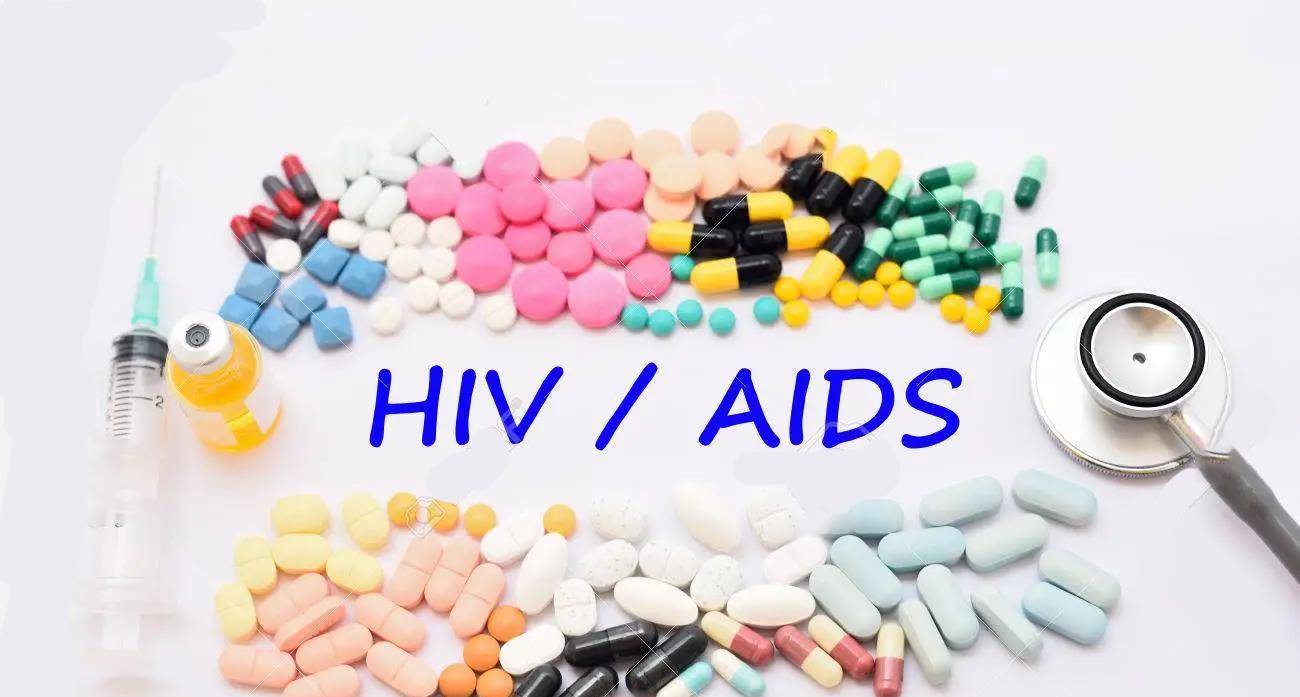Unraveling the Pathways: Understanding AIDS Transmission in English
In the realm of public health, AIDS (Acquired Immune Deficiency Syndrome) stands as a formidable adversary, necessitating a thorough understanding of its transmission routes to effectively combat its spread. This article delves into the English-language discourse surrounding the pathways through which HIV, the virus that causes AIDS, can be transmitted, aiming to demystify and educate on this crucial topic.

Sexual Transmission: The Primary Route
At the forefront of HIV transmission is sexual contact, encompassing both heterosexual and homosexual intercourse. Unprotected sex, where barriers like condoms are absent, significantly increases the risk of virus transmission. The virus can be present in semen, vaginal fluids, rectal fluids, and, albeit less commonly, breast milk and pre-ejaculate. Direct contact with these fluids during sexual activity allows the virus to enter the bloodstream of an uninfected partner.
Education on safe sex practices, including the consistent use of condoms, regular STD screenings, and open communication about sexual health, forms the backbone of prevention strategies. Additionally, for those engaging in anal sex, which is particularly risky due to the thin, easily damaged tissues in the rectum, extra caution is advised.
Mother-to-Child Transmission: Bridging Generations
HIV can also be transmitted from an infected mother to her child during pregnancy, childbirth, or through breastfeeding. This is known as vertical or perinatal transmission. Fortunately, advancements in medical interventions have drastically reduced these transmission rates.
Pregnant women can undergo antiretroviral therapy (ART) to suppress the virus in their bodies, significantly lowering the likelihood of transmitting HIV to their infants. Moreover, avoiding breastfeeding and opting for formula feeding, where possible and safe, further minimizes risk. For infants born to HIV-positive mothers, prompt testing and early initiation of treatment if positive are vital.
Blood and Blood Products: A Hidden Threat
Before the advent of rigorous screening protocols, transfusion of contaminated blood or use of infected blood products was a significant source of HIV transmission. Today, stringent measures ensure that all blood donations are tested for HIV and other infectious agents, rendering this route of transmission extremely rare in developed countries with robust healthcare systems.
However, in regions where such testing is less rigorous or accessible, the risk persists. This underscores the importance of ensuring safe blood supplies globally and advocating for universal access to quality healthcare services.
Intravenous Drug Use: Sharing the Risk
Sharing needles, syringes, or other injection equipment among intravenous drug users constitutes another high-risk behavior for HIV transmission. The virus can survive in blood traces left on shared equipment, facilitating its transfer from one individual to another.
Harm reduction strategies, such as the provision of clean needles and syringes through needle exchange programs, are crucial in mitigating this risk. Educating drug users about the dangers of sharing injection equipment and encouraging the use of sterile materials can significantly contribute to lowering transmission rates among this vulnerable population.

Conclusion: A Collaborative Effort
Understanding the English-language discourse on AIDS transmission is fundamental to fostering a world where this disease is better controlled. By recognizing the primary transmission routes—sexual contact, mother-to-child transmission, blood and blood products, and intravenous drug use—and implementing targeted prevention strategies, we can collectively work towards reducing the incidence of HIV and ultimately, achieving an AIDS-free generation.
Education, access to healthcare, and a commitment to harm reduction are the cornerstones of this endeavor. By empowering individuals with knowledge and resources, we empower them to make informed choices that protect their health and the health of those around them.
当人体细胞不幸遭遇HIV病毒的侵袭,这些细胞便会被病毒改造成生产病毒的“工厂”。从这些“工厂”中源源不断“制造”出的病毒,会继续寻找并感染其他健康细胞,将它们也转变为更多的病毒制造“工厂”。这一过程如同指数增长,速度惊人。因此,及早发现并阻止这些“工厂”的建立,对于控制病情、延长患者生命至关重要。HIV DNA载量(即“工厂”数量)高的个体,其病情发展往往更为迅速且严重。
若您面临HIV感染的风险,选择HIV核酸检测将是明智之举。尽管其费用略高于传统的抗原抗体检测,但其窗口期仅需7天,相较于后者可提前半个多月至一个月发现感染,这段宝贵的时间对于后续的治疗与控制具有非凡的意义:一旦确诊,可以更早地开始治疗,不仅节省了大量医疗费用,还能更有效地控制病情,让您拥有更高质量、更长久的生命。
艾测网提供的HIV核酸检测服务,由国内知名的大型实验室担纲,而非普通小实验室。这里配备了先进的检测仪器,拥有专业的技术团队。检测量大、出结果快,性价比高,更重要的是,我们充分尊重您的隐私,无需实名制,全方位保护您的个人信息。



